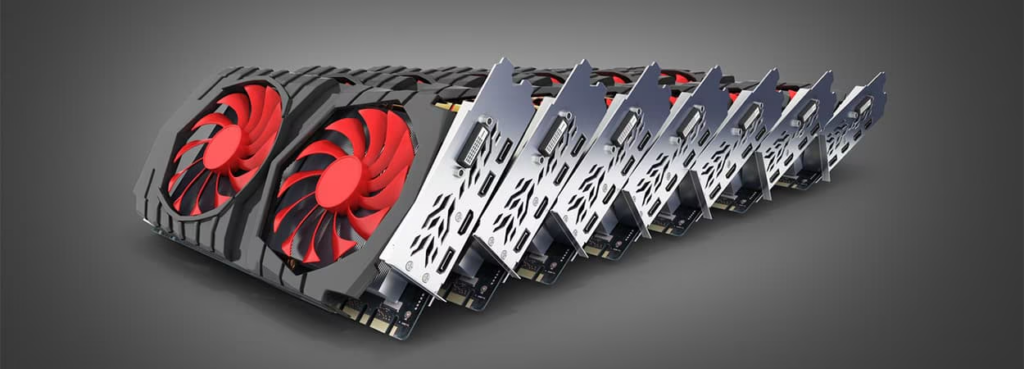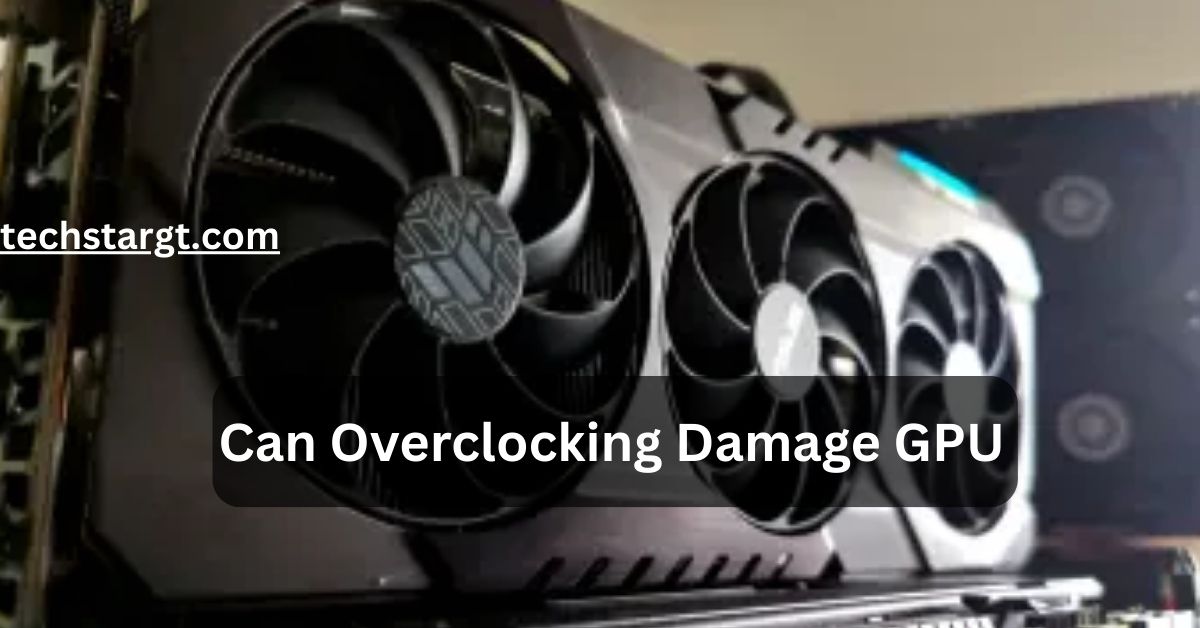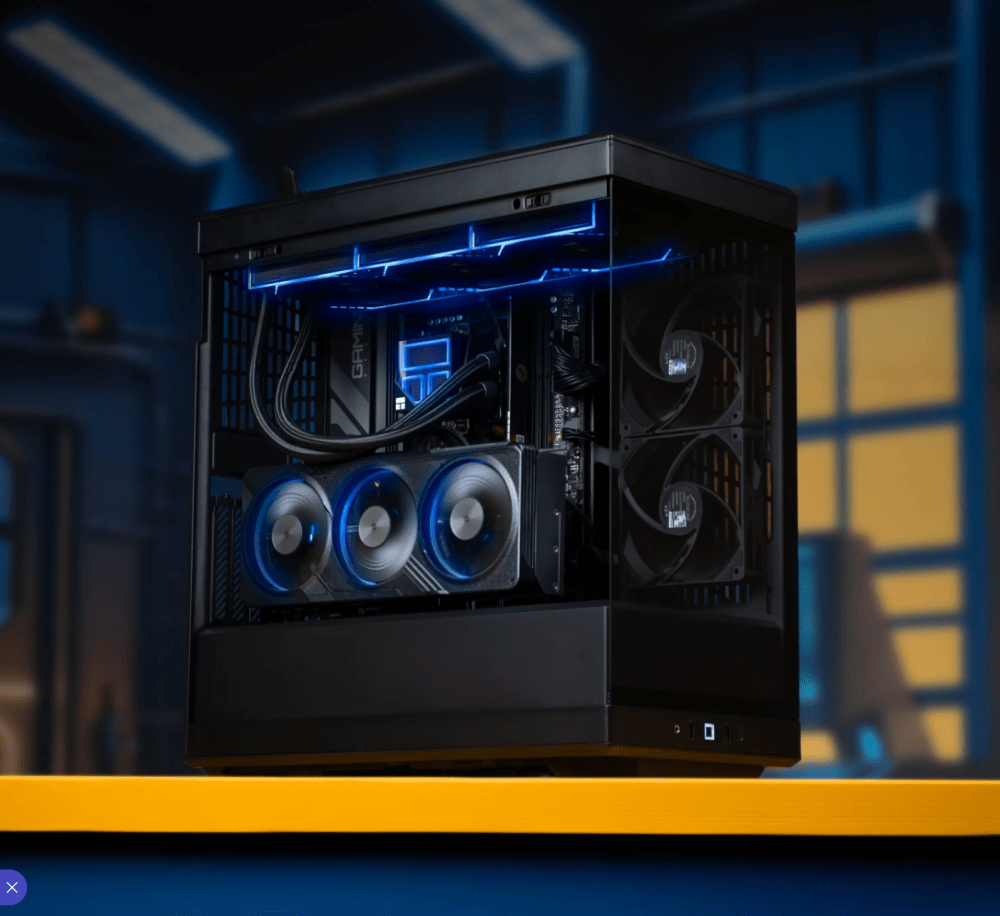How To Boot Without GPU – Complete – Guide
– 2025!
Not everyone wants or needs a dedicated graphics card (GPU) to boot their system. Whether you’re setting up a home server or using a CPU with integrated graphics, it’s possible to boot a PC without a GPU.
To boot a PC without a dedicated GPU, ensure your CPU has integrated graphics (iGPU) and your motherboard has video ports. If your CPU lacks iGPU, the system won’t display output unless you install a discrete graphics card.
This guide will walk you through the process step by step.
Can a PC Run Without a GPU?
Yes, a PC can run without a dedicated GPU if the CPU has integrated graphics and the motherboard has video outputs. If neither is present, a dedicated GPU is required for display output.
Booting Without USB Drive

A PC can boot without a USB drive as long as the operating system is installed on an internal SSD or HDD. The boot priority must also be correctly set in the BIOS to load from the main storage device.
Do I Need a GPU for the First Boot?
If your CPU has integrated graphics and your motherboard has video ports, you don’t need a dedicated GPU for the first boot. However, if there’s no iGPU, you must install a graphics card to get display output.
How to Disable GPU Through BIOS?
Enter the BIOS by pressing DEL or F2 during startup, navigate to Advanced Settings > Integrated Peripherals, and look for GPU settings. Disable the dedicated GPU and enable integrated graphics, then save and exit.
Can GPU Cause No Boot?
Yes, a faulty GPU, improper connection, or power issues can prevent a PC from booting. If the system has integrated graphics, remove the GPU and try booting using the motherboard’s video output.
Is a GPU Needed for a PC to Work?

A dedicated GPU isn’t always necessary. If the CPU has integrated graphics, the PC will work fine using the motherboard’s video ports. However, for gaming or high-performance tasks, a dedicated GPU is recommended.
How to boot into safe mode?
Restart your PC and press F8, Shift + F8, or F4 before Windows loads. On Windows 10/11, hold Shift while clicking Restart, then go to Troubleshoot > Advanced options > Startup Settings > Safe Mode.
Can Stable Diffusion damage my PC?
No, but prolonged GPU usage can cause overheating and wear. Ensure proper cooling, monitor temperatures, and avoid excessive overclocking to prevent hardware issues.
Can a faulty graphics card stop computer booting?
Yes, a dead GPU can cause boot failures, black screens, or BIOS error codes. If your motherboard has integrated graphics, remove the GPU and try booting with onboard video.
What are the signs of a dead GPU?
Symptoms include no display output, screen artifacts, frequent crashes, overheating, and the system not detecting the GPU in Device Manager or BIOS.
Can faulty GPU cause no display?
Yes, a faulty GPU can prevent your display from working, especially if no integrated graphics are available.
What happens if GPU fails?
A failing GPU can cause no display, crashes, artifacts, or system freezes.
How to reset GPU from motherboard?

Remove the GPU, clear CMOS, reseat the GPU, and update BIOs if needed.
Can RAM cause no display?
Yes, faulty or improperly installed RAM can lead to a blank screen.
Is red light on motherboard bad?
Yes, a red light usually signals hardware issues like CPU, RAM, or GPU.
FAQs:
Can a PC boot without a GPU?
Yes, but only if your CPU has integrated graphics (iGPU) and your motherboard has video output ports. Otherwise, the system will not display anything without a dedicated GPU.
What happens if I try to boot without a GPU?
If your CPU lacks an iGPU, your PC may power on but will not display anything. Some motherboards may also show an error code or prevent booting entirely.
Which CPUs support booting without a GPU?
Intel CPUs with “F” in their name (e.g., i5-12400F) lack iGPUs, while non-F versions usually include one. AMD Ryzen CPUs with “G” (e.g., Ryzen 5 5600G) support onboard graphics.
Can I force my PC to boot without a GPU?
Some BIOS settings allow booting without a GPU, but you still need a way to access the system, like remote desktop software or a compatible motherboard with integrated graphics support.
Does a server need a GPU to boot?
Most server motherboards support headless operation, meaning they can boot without a GPU. You can access them remotely via IPMI or other remote management tools.
Conclusion:
Booting a PC without a dedicated GPU is possible if your CPU has integrated graphics and your motherboard includes video output ports. Otherwise, a discrete GPU is necessary for display. If you’re experiencing boot issues, check for faulty hardware, improper connections, or BIOS settings. For server setups, many motherboards allow headless operation, making a GPU unnecessary. Understanding your hardware compatibility ensures a smooth boot process, whether for everyday use or specialized tasks.



Post Comment